In the pursuit of achieving fuller, more defined lips, many individuals have turned to lip fillers as a solution. However, the decision to undergo this cosmetic procedure requires careful consideration, as the results can vary greatly depending on various factors. In this comprehensive article, we will explore the realistic expectations and potential outcomes of using 1ml of lip filler for individuals with thin lips.
Table of Contents
ToggleUnderstanding Lip Fillers

What are Lip Fillers?
Lip fillers, also known as dermal fillers, are injectable treatments designed to enhance the appearance and volume of the lips. These fillers are typically composed of hyaluronic acid, a naturally occurring substance found in the body, which helps to add structure, definition, and hydration to the lips.
Types of Lip Fillers Available
There are several types of lip fillers available on the market, each with its own unique properties and characteristics. Some of the most commonly used lip fillers include:
- Juvederm: A smooth, gel-like filler that can provide natural-looking results.
- Restylane: A versatile filler that can be used to address a variety of lip concerns.
- Belotero: A cohesive filler that is designed to integrate seamlessly with the natural lip structure.
- Radiesse: A calcium-based filler that can provide a more immediate and dramatic lift to the lips.
The Science Behind Hyaluronic Acid
Hyaluronic acid is the primary ingredient found in most lip fillers, and it plays a crucial role in the effectiveness of these treatments. Hyaluronic acid is a naturally occurring polysaccharide that is present in the skin, joints, and other tissues. It has the unique ability to attract and retain water, which helps to hydrate and plump the lips, creating a more youthful and voluminous appearance.
Factors to Consider Before Getting Lip Fillers

Assessing Your Facial Proportions
Before considering lip fillers, it’s important to assess the overall proportions of your face. The size and shape of your lips should complement your other facial features, such as your nose, chin, and cheekbones. A qualified practitioner will be able to evaluate your facial anatomy and recommend the appropriate amount and placement of filler to achieve a balanced and harmonious look.
Understanding Your Lip Anatomy
It’s also essential to have a good understanding of your lip anatomy, as this can influence the way the filler will be applied and the overall results. Factors such as the thickness of your natural lip tissue, the position of your vermilion border (the line that separates your lip from the surrounding skin), and the shape of your cupid’s bow (the defined peak in the center of the upper lip) can all impact the way the filler will be distributed and the final appearance of your lips.
Skin Type and Sensitivity
Your skin type and sensitivity can also play a role in the success of your lip filler treatment. Individuals with thinner, more delicate skin may be more prone to visible bumps or irregularities after the injection, while those with oily or acne-prone skin may be at a higher risk of experiencing adverse reactions. It’s important to discuss your skin type and any sensitivities with your practitioner to ensure that the appropriate filler and technique are used.
Consultation with a Professional

Importance of Choosing a Qualified Practitioner
When considering lip fillers, it’s crucial to choose a qualified and experienced practitioner to perform the procedure. A skilled injector will not only be able to provide you with the desired results but will also be able to address any potential risks or complications that may arise. It’s important to do your research and choose a provider who is board-certified, has a strong track record of successful lip filler treatments, and has a deep understanding of facial anatomy and aesthetics.
Questions to Ask During the Consultation
During your consultation, be sure to ask your practitioner a variety of questions to ensure that you are making an informed decision. Some important questions to consider include:
- What type of lip filler do you recommend for my desired results?
- How much filler do you typically use for a full-lip treatment?
- What are the potential risks and side effects associated with the procedure?
- How long can I expect the results to last, and when will I need to schedule a follow-up treatment?
- Can you provide before-and-after photos of previous clients with similar lip goals?
Setting Realistic Expectations
It’s important to have realistic expectations when it comes to the results of your lip filler treatment. While fillers can certainly enhance the appearance of thin lips, they cannot completely transform the shape or size of your lips. Your practitioner will work with you to determine the appropriate amount of filler and the desired outcome, but it’s important to remember that the final results may not be exactly what you had envisioned. By setting realistic expectations, you can ensure that you are satisfied with the outcome of your procedure.
The Procedure: What to Expect
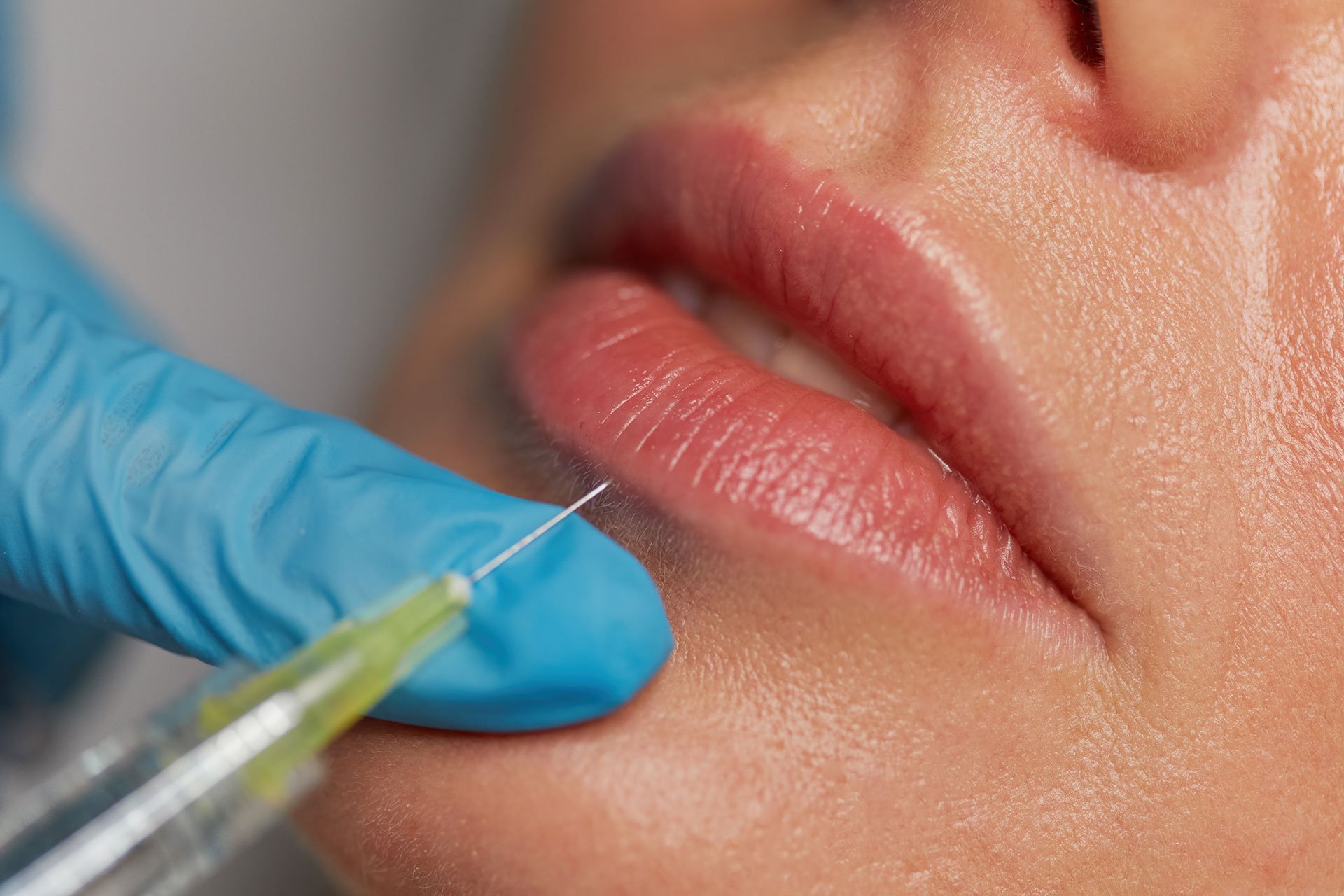
Pre-Treatment Care
Before your lip filler treatment, there are a few things you can do to prepare and ensure a smooth and comfortable experience. Your practitioner may recommend that you avoid taking certain medications, such as aspirin or ibuprofen, for a period of time before the procedure, as these can increase the risk of bruising and bleeding. You may also be asked to avoid alcohol consumption for a few days prior to the treatment.
The Injection Process
The actual lip filler injection process is relatively quick, typically taking only 15-30 minutes to complete. Your practitioner will begin by thoroughly cleansing the treatment area and may apply a topical anesthetic to minimize any discomfort. They will then carefully inject the filler into specific areas of the lips, using a fine-gauge needle to ensure precision and even distribution.
Post-Treatment Instructions
After your lip filler treatment, your practitioner will provide you with a set of post-treatment instructions to follow. These may include:
- Applying ice packs to the treated area to reduce swelling and discomfort
- Avoiding strenuous exercise for the first 24-48 hours
- Refraining from putting pressure on the lips, such as through lip-locking activities
- Avoiding exposure to extreme temperatures or direct sunlight
- Monitoring for any signs of adverse reactions and contacting your practitioner if necessary
Immediate Effects of Lip Fillers
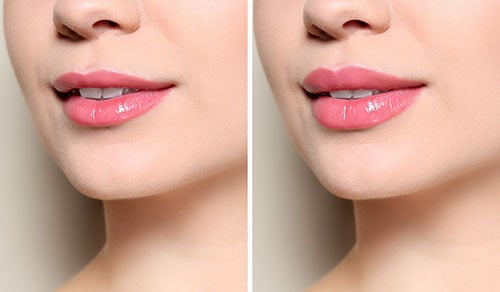
Common Reactions After Treatment
In the immediate aftermath of a lip filler treatment, it’s common to experience some degree of swelling, redness, and tenderness in the treated area. These are normal and expected reactions as the body adjusts to the presence of the filler. The severity of these reactions can vary from person to person, and factors such as the amount of filler used, the individual’s pain tolerance, and the skill of the practitioner can all play a role.
Recognizing Normal vs. Abnormal Symptoms
While some swelling, redness, and discomfort are to be expected, it’s important to be able to distinguish between normal and abnormal reactions. Severe or excessive swelling, significant pain, or signs of infection (such as redness, warmth, or pus) may indicate a more serious issue and should be addressed by your practitioner immediately.
Realistic Results: Before and After Expectations
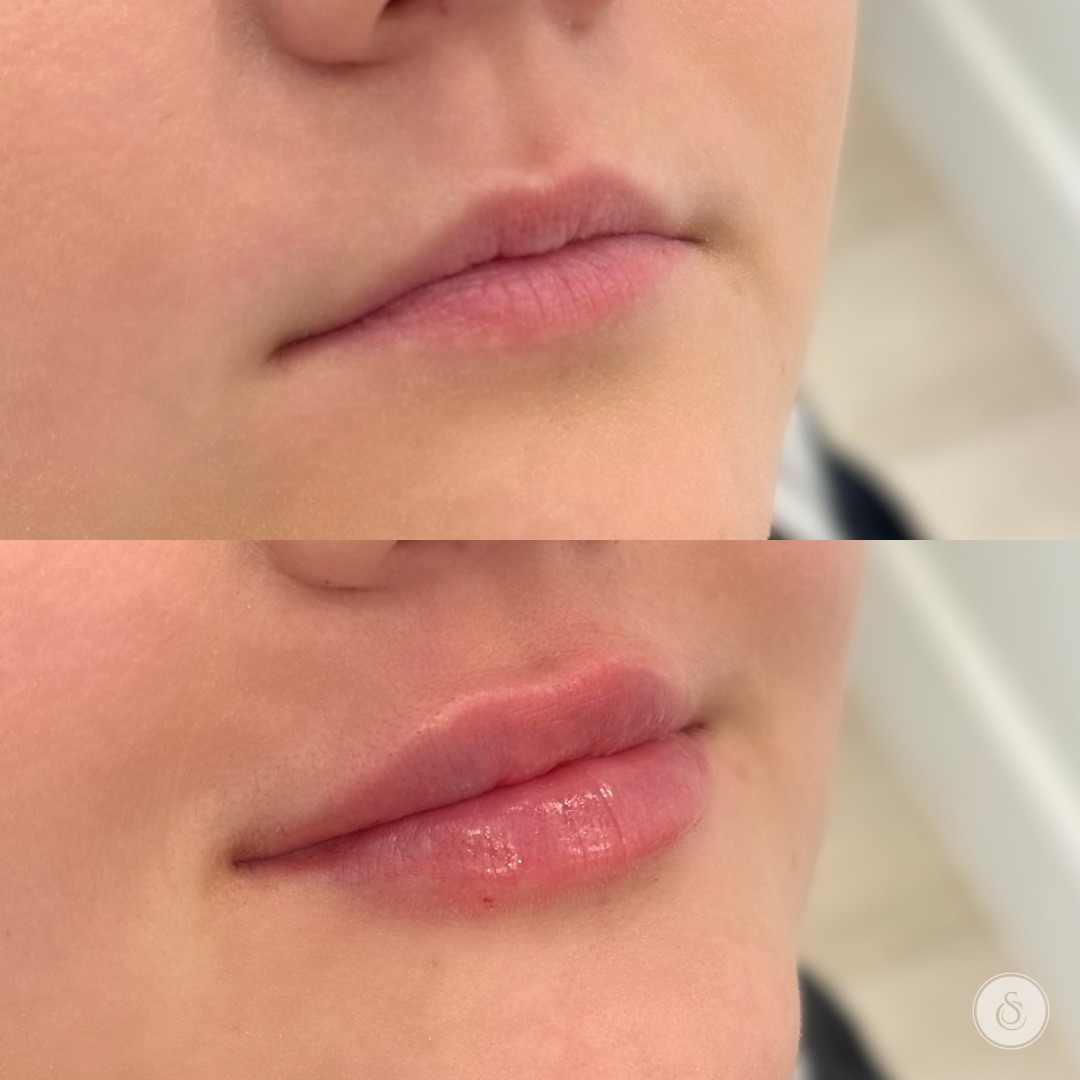
Visualizing Your Expected Outcome
Before undergoing a lip filler treatment, it’s important to have a clear understanding of the potential results. Your practitioner should be able to provide you with before-and-after photos of previous clients with similar lip goals, as well as computer-generated simulations of what your lips may look like after the procedure. This can help you set realistic expectations and visualize the potential transformation.
Comparing Different Lip Shapes
When considering lip fillers, it’s also important to think about the desired shape and proportions of your lips. Some people may prefer a more subtle, natural-looking enhancement, while others may desire a more dramatic, “pouty” appearance. Your practitioner can work with you to determine the appropriate filler placement and volume to achieve your desired lip shape.
Understanding Swelling and Healing Time
It’s important to keep in mind that the initial results of a lip filler treatment may not be the final outcome. Swelling and bruising can take several days or even weeks to fully subside, and the final shape and volume of the lips may continue to evolve as the filler integrates with the surrounding tissue. Your practitioner can provide you with a timeline of what to expect during the healing process and help you manage any concerns that may arise.
Maintaining Your Lip Fillers

Tips for Prolonging Results
To maintain the results of your lip filler treatment, there are several steps you can take. Avoiding excessive sun exposure, staying hydrated, and using gentle, moisturizing lip products can all help to prolong the longevity of the filler. Additionally, scheduling regular touch-up treatments with your practitioner can help to maintain your desired lip shape and volume over time.
When to Schedule Follow-Up Treatments
The duration of your lip filler results can vary depending on a variety of factors, including the type of filler used, the amount of filler injected, and your individual metabolism. On average, lip fillers can last anywhere from 6 to 12 months before the effects begin to wear off. Your practitioner will be able to provide you with a more accurate timeline based on your specific treatment and can help you determine when it’s time to schedule a follow-up appointment.
Potential Risks and Side Effects
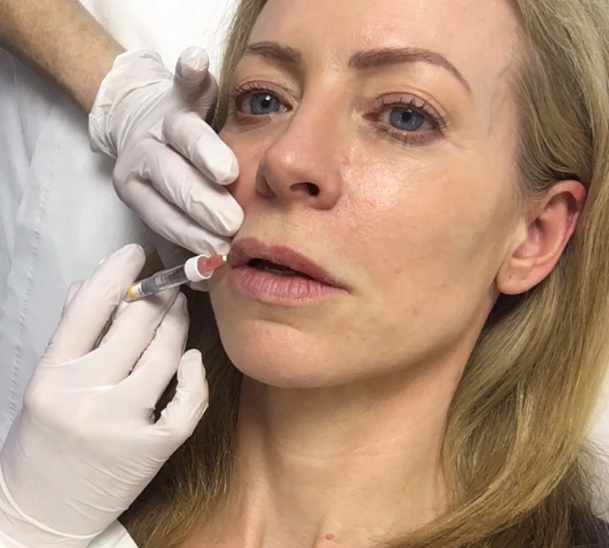
Common Side Effects
While lip fillers are generally considered safe when performed by a qualified practitioner, there are some common side effects that you may experience. These can include:
- Swelling and bruising at the injection site
- Redness and tenderness
- Lumps or bumps under the skin
- Asymmetry or uneven results
Rare Complications to Be Aware Of
In rare cases, more serious complications can occur, such as:
- Allergic reactions or skin infections
- Vascular occlusion (blockage of blood vessels)
- Nerve damage or muscle weakness
- Granuloma formation (hard lumps under the skin)
It’s important to discuss these potential risks with your practitioner and to be vigilant in monitoring for any signs of complications following your treatment.
Cost Considerations
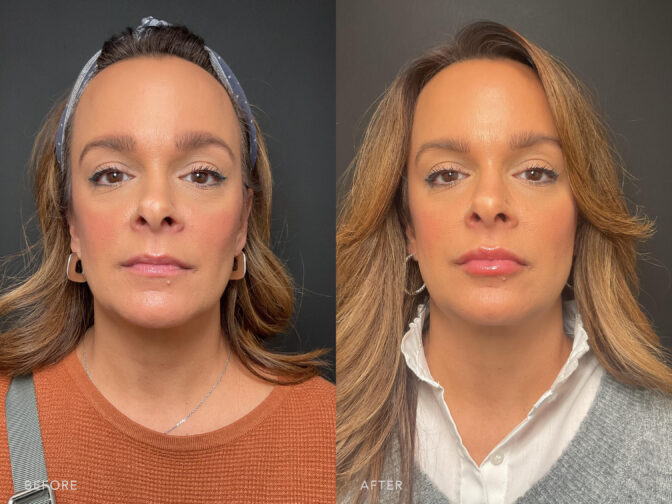
Average Pricing for Lip Fillers
The cost of lip fillers can vary widely depending on a number of factors, including the type of filler used, the amount of filler required, the experience level of the practitioner, and the geographic location. On average, a single syringe of lip filler can cost anywhere from $500 to $800, and most patients require 1-2 syringes per treatment.
Factors Influencing Overall Cost
In addition to the cost of the filler itself, other factors that can influence the overall cost of a lip filler treatment include:
- The number of treatment sessions required to achieve the desired results
- The cost of the initial consultation and any follow-up appointments
- The use of additional products or techniques, such as numbing creams or topical anesthetics
- The expertise and reputation of the practitioner performing the procedure
It’s important to discuss the total cost of the treatment with your practitioner upfront and to understand any additional fees or expenses that may be involved.
Exploring Alternatives to Lip Fillers
Natural Enhancement Techniques
For those who are hesitant to undergo a cosmetic procedure, there are several natural enhancement techniques that can be used to create the appearance of fuller, more defined lips. These include:
- Lip plumping glosses or serums
- Exfoliating and hydrating lip scrubs
- Temporary lip liners or overlining techniques
- Facial massage and exercises to increase blood flow
While these methods may not provide the same dramatic results as lip fillers, they can be a more accessible and less invasive option for some individuals.
Cosmetic Procedures vs. Non-Invasive Options
In addition to lip fillers, there are other cosmetic procedures that can be used to enhance the appearance of thin lips, such as lip implants or lip lifts. These more invasive treatments can provide longer-lasting results, but they also carry a higher risk of complications and a longer recovery time. For those who are not ready to commit to a surgical procedure, non-invasive options like lip fillers may be a more suitable choice.
Conclusion
Achieving realistic and satisfactory results with 1ml of lip filler for thin lips requires careful consideration and collaboration with a qualified practitioner. By understanding the science behind lip fillers, assessing your facial proportions and lip anatomy, and setting realistic expectations, you can make an informed decision about whether this treatment is right for you. Throughout the process, maintaining open communication with your practitioner, following post-treatment instructions, and exploring alternative options can all contribute to a successful and rewarding lip enhancement experience.
Contact us via other platforms if you have any questions or requests that need to be answered quickly.
Tiktok: www.tiktok.com/@lunabeautyacademy6
Hotline: 034 254 0228
Email: lunabeautyacademy@gmail.com
Address: No. 29, Alley 140/1/2, Lane 140 Nguyen Xien, Thanh Xuan, Hanoi
Luna wishes you success and hopes you will have the best experiences at the academy. If you need advice or answers about anything, please leave your Contact Information With Us, the Luna team will contact you soon. Thank you for reading this article


















